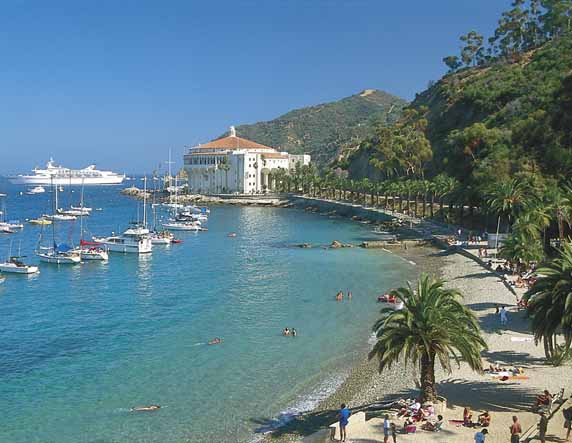The Santa Catalina Island Fuel Cell Project will demonstrate the use of fuel-cell powered vehicles in a highly visible application. The general public will be able to rent these clean vehicles, providing a hands-on experience with a technology that has, until now, been limited to the exclusive R&D, corporate, and celebrity sectors. It is our opinion that a fuel-cell demonstration project conducted at a major tourist destination such as Catalina Island, offers a one-of-a-kind opportunity to reach out and educate the public to clean energy technologies.


Avalon is the gateway to Santa Catalina Island, which is a popular regional, national, and international destination that welcomes approximately one million visitors per year. The major source of transportation for these visitors, and for the city’s 3,500 year-round residents, is currently from noisy, high-polluting, gasoline-powered golf cars. The island is looking for cleaner transportation alternatives, as stated in their Sustainable Action Plan, which envisions Santa Catalina Island as the “microcosm for the state, nation, and world…where technologies can be tested, refined, and then scaled for widespread use”.
The Origin Fuel Cell™ system works in tandem with a compact battery pack to overcome the shortcomings of pure-battery-electric vehicles, such as performance degradation and long recharging times. The attributes of fuel-cell drive trains better meet the demands of the island’s hilly topography and the required fast fleet “turnaround” times of the island’s rental car companies. The goal of the project is to bring to Catalina Island non-polluting, quiet-running personal transport vehicles to assist in local air and noise pollution mitigation. The transition to all-electric drive trains will aid in improving the ambience of the island and will substantially reduce harmful air contaminants now affecting the public.
Given the fact that the island is a favorite tourist destination located just 22 miles off the coast of Southern California and easily accessible by one of the world’s major media hubs, the project includes a full-scale public relations and educational component aimed at building awareness of the project through events, media outlets, video and print presentations.



